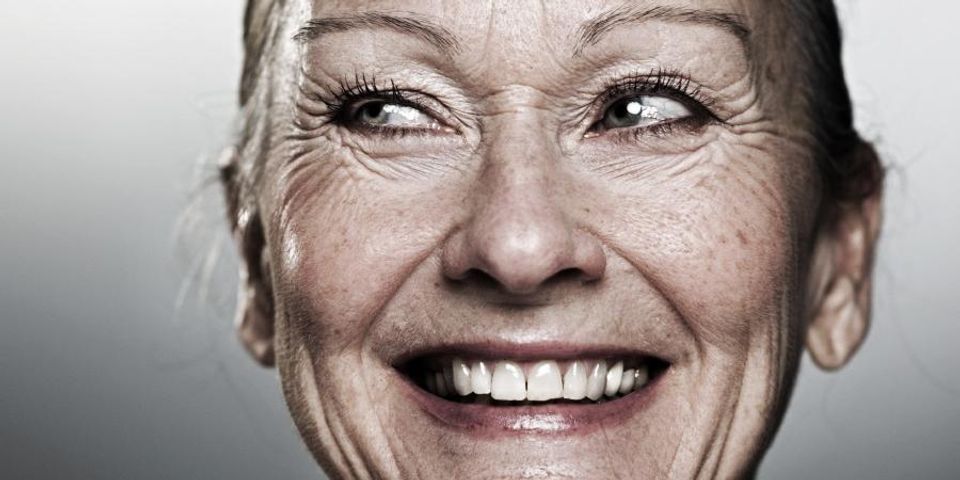
When determining if you are a high risk for bone loss, there are several key factors- and unfortunately many are out of your control.
Gender: Half of all women and 25% of all men will fracture a bone due to osteoporosis.
Age: The condition is most common for the elderly; however, it can happen at any age.
Heritage: Asian and Caucasian women have the highest risk, while African American and Hispanic women have a relatively low risk, but still should be screened.
Body type: If you are naturally of small stature (thin) then you also are at a higher risk.
Genetics: Osteoporosis tends to run in families. If a relative has bone breaks or osteoporosis there is a greater chance that you will too.
So, what do you do about it?
Now that we have looked at the factors we can’t change, let’s look deeper into some of the things we can- starting with day-to-day habits.
Activities such as smoking, drinking alcohol, and a diet low in calcium or vitamin D are very common among American’s today. These lifestyle choices not only affect many avenues of your body (such as lungs and heart), they also put you at a higher risk of bone loss and fractures
Eat foods that are rich in calcium and vitamin D. Have you tried any of these?
- Fatty fish like tuna, mackerel or salmon
- Eggs
- Greens like kale, spinach, collards,
- Fortified foods like organic orange juice, oatmeal, and cereal
- Soy or almond milk
Tobacco and alcohol use are bad for bone health. Alcohol actually prevents the body from absorbing nutrients.
Not only is it crucial to consume enough vitamin D and calcium, it’s important to have an overall well balanced diet in general. A nutritionist could be a wonderful resource to help you find an eating plan that is right for you.
Low activity level can also play a major role in low bone mass. High impact exercise offers the greatest benefits to bone density growth. Exercise needs to resist gravity to stimulate bone growth. The average person needs to experience 4.2 multiples their body weight to stimulate bone growth in the hip and femur.
Are you ready to make a change?
While there are many factors that we cannot control that put our bones at risk, you can reduce your risk and improve your health by applying the tools we’ve talked about today.
By eating calcium and vitamin D rich foods, high impact exercise (including impact emulation), and regular screenings, you will not only help reduce your risk for osteoporosis, but you will feel better as well!
<iframe width="560" height="315" src="https://www.youtube.com/embed/dPu6gsxZTcQ" frameborder="0" allow="autoplay; encrypted-media" allowfullscreen></iframe>
About the Business
Have a question? Ask the experts!
Send your question

